Coaches vital part of identifying injuries
Health & Fitness February 13, 2012 SportStars 0
HEALTH WATCH: JAMIE FAISON
A key part of the sports medicine chain of care is the coaches who are working with the athletes every day.
Coaches are working with the athletes for hours every day and are vitally important to help identify athletes who are limited in their athletic participation. Coaches are constantly observing, evaluating and assessing their athletes in regards to technique, speed of movement and awareness, and if the coach notices that an athlete is apprehensive or unable to give full effort than they should refer that athlete to be evaluated by an athletic trainer or another member of the sports medicine chain of care.
Three athletic limitations a coach may observe during practice or games that may clue them into an injury or impairment are: limping on one leg, avoiding use of an injured arm, and an athlete with a headache. When I work the sidelines of a game, it is common to see an athlete trying to gut-out an injury or ailment on the field, but when working with a pediatric sports athlete it is best for the individual and the team to make sure they are healthy before they return to play.
Running on with a limp will not help your team win, and it can also cause another injury due to compensation. Playing with a hurt shoulder or arm does not allow you to protect yourself on the playing field if you fall, and can have catastrophic consequences. A headache is another common occurrence in everyday life as well as athletics, and can be caused by a number of different reasons including but not limited to over-training, dehydration, poor nutrition, or lack of sleep. Every athlete with a headache needs to be evaluated before being allowed to continue playing.
Since head injuries and concussions are a point of emphasis in the sports medicine community, we need to make sure that an athlete with a headache is checked out before heading back onto the playing field.
In the end, coaches are at the front lines when it comes to identifying athletic injuries. Our goal when working with youth sports athletes is to build strong, healthy and happy children. By recognizing warning signs for injury, we can catch some of these injuries and allow them to get the proper treatment sooner rather than later.
Jamie Faison is a physical therapist assistant at Children’s Hospital Sports Medicine Center for Young Athletes in Walnut Creek. He is also a certified athletic trainer who specializes in treating, rehabilitating and educating injured high school athletes.
SportStars
SportStars Magazine: High School Sports Articles Online SportStars is your go-to source for the very best high school sports articles in California. Player and team profiles, game coverage, health and fitness tips and the largest Camps, Clinics & Combine resource for athletes. We're the story behind the stats.

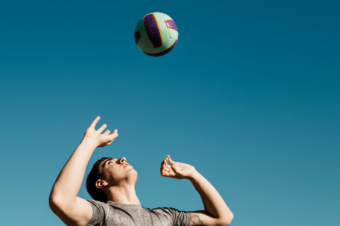
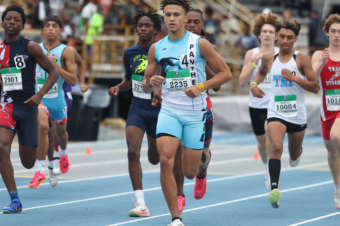

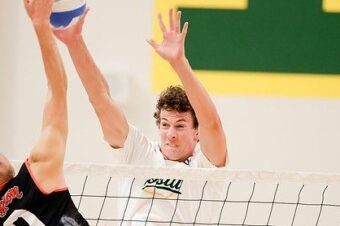
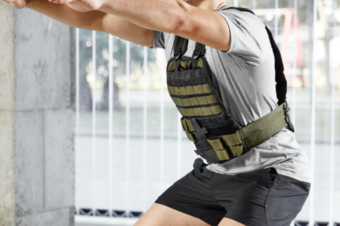
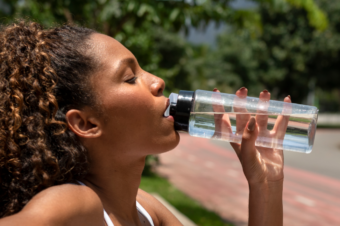
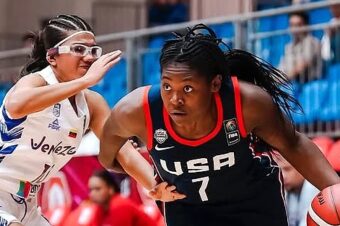
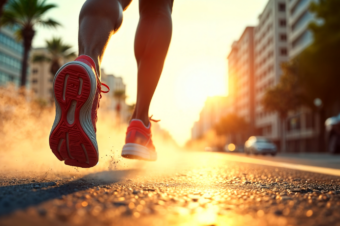
No comments so far.
Be first to leave comment below.